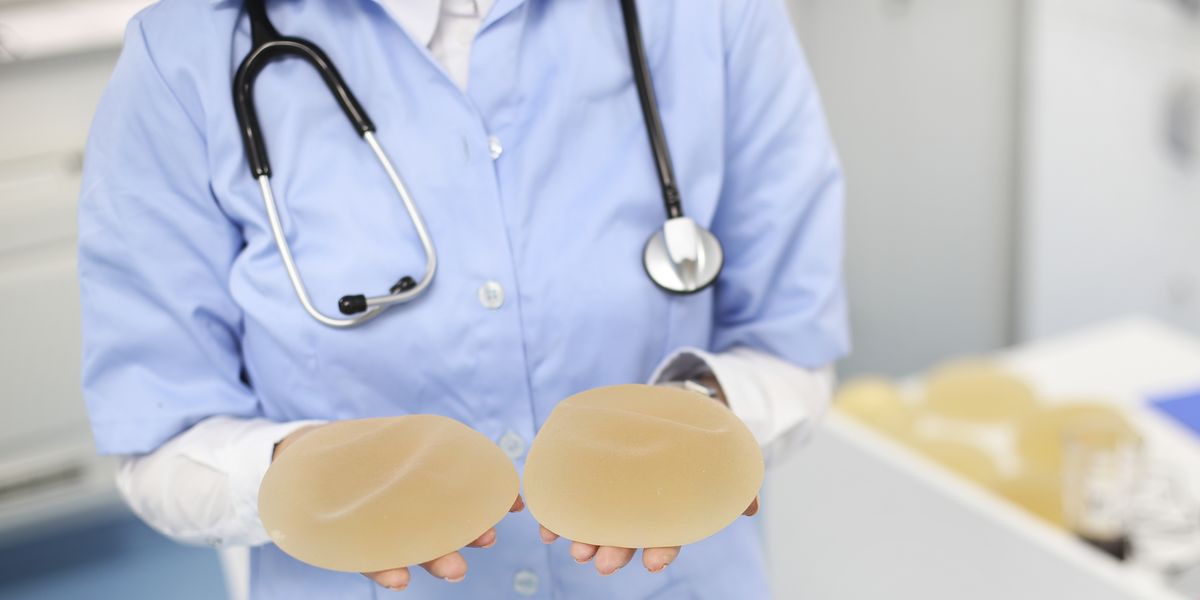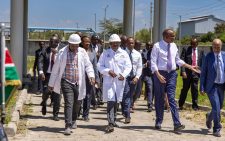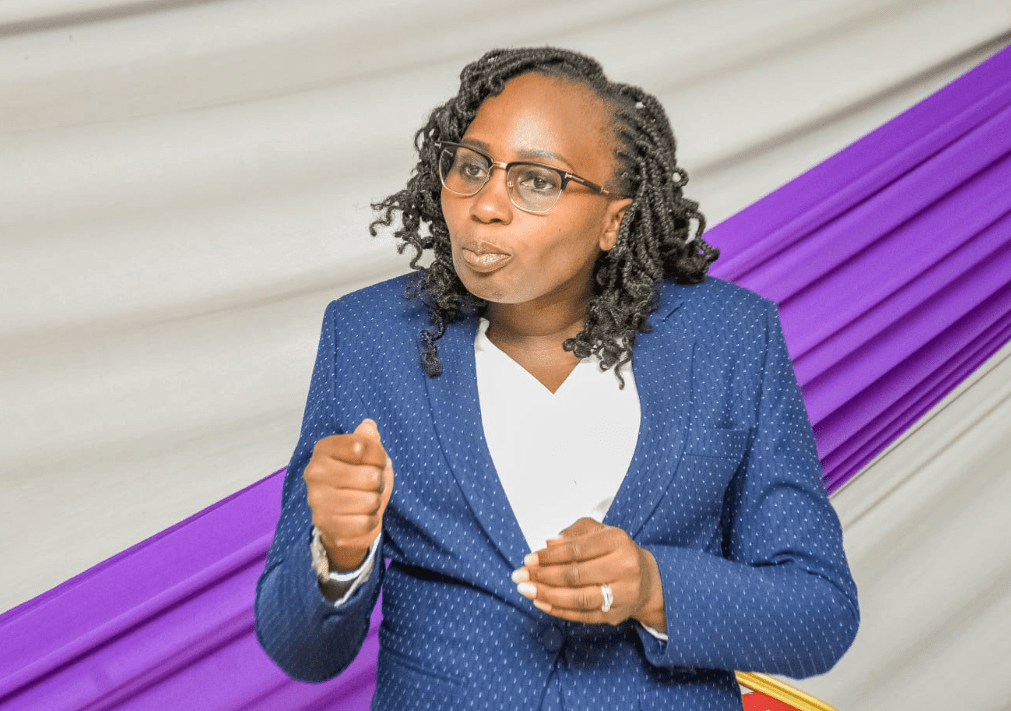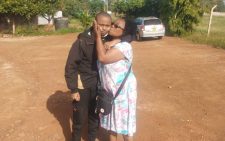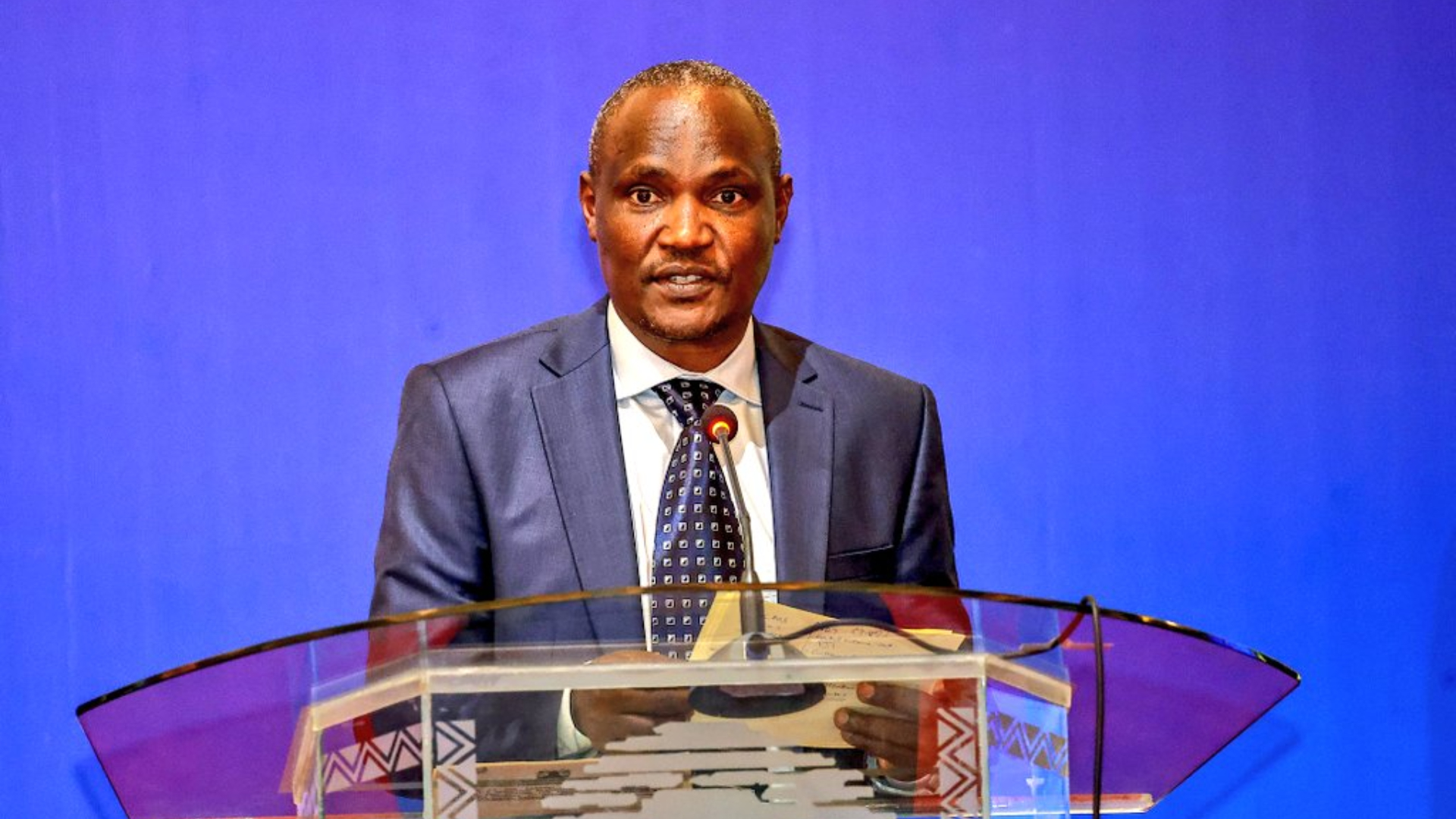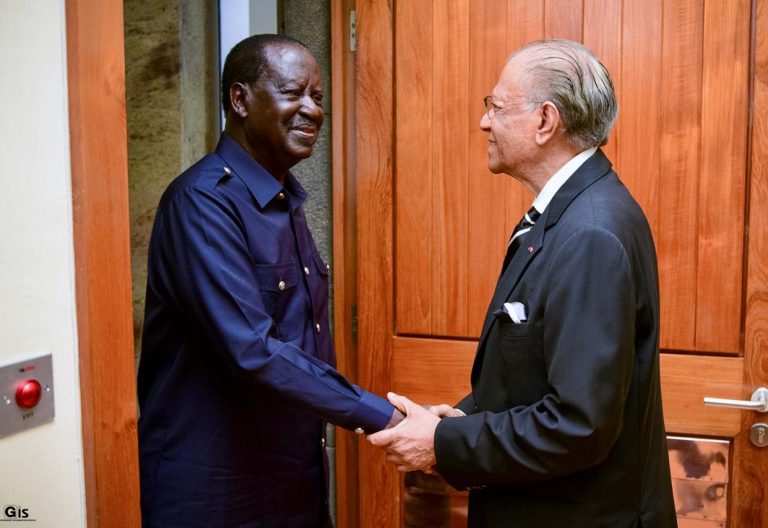Breast cancer: Early detection, diagnosis saves lives
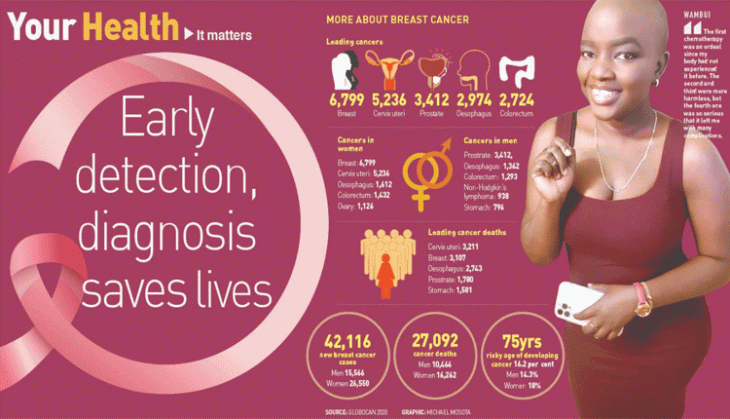
When Esther Wambui Ochieng’ was taking a shower one morning in December last year, she noticed a lump on her breast.
She did not think much about it except that it was just a normal one.
However, upon touching it several times, she realised it was hard and immobile and she was alarmed.
Wambui was worried for a whole month as she tried to think what could be the cause.
The anxiety pushed her to seek medical attention since she suspected she was developing breast cancer.
In February this year, she went for tests at a nearby hospital in Kisumu where she lives. The results were negative.
The 30-year-old sales and marketing agent was not convinced with the results.
She travelled to Nairobi’s Aga Khan Hospital in March to take another breast cancer test which turned out to be positive.
“The oncologist did not suspect the results would turn out positive since the disease rarely infects younger people.
They did the biopsy and when the results came out after a month, I was diagnosed with stage one breast cancer,” she says.
Getting the results was one of Wambui’s darkest moments.
“My case was a special since the lump had spread towards the armpits, which is quite unusual according to the oncologists,” she explains.
Double surgery
After one week of struggling to accept her condition, Wambui finally came to terms with her status and started seeking treatment.
In March, she went for two surgeries in Kijabe Mission Hospital. The first was lumpectomy, surgery to remove cancerous breast tissue along with a rim of normal tissue.
“Many people advised me to get a mastectomy (removing the whole breast) to avoid going for two surgeries, but I was not ready to lose my breast at this age.
It cost me Sh50,000 to do the first surgery, yet private hospitals were giving me quotations worth millions of shillings,” she says.
She walked out of the hospital the same day she came in for the surgery. A month later, she went back for the second surgery, axilliary dissection, which involved the removal of lymph nodes. It cost her Sh150,000.
“The challenge with this is that it leaves the arm weak since the lymph nodes are damaged,” she says.
Wambui went through another biopsy in April after the second surgery and the results showed the probability of the cancer coming back had reduced to five per cent.
This meant she had to start chemotherapy as the third course of her treatment to ensure that the probability was reduced to zero. However, her family was against this treatment.
“I got tired of using herbal medicine and being on an oxygen diet, which were very expensive.
I would spend Sh5,000 daily just for my breakfast,” she says. With the diet, she used to eat foods that increase blood flow.
Every morning, she used to mix 250ml of water with, flaxseed oil and flaxseed seeds.
“I decided to take chemotherapy to end the suffering. The first chemotherapy was an ordeal since my body had not experienced it before.
The second and third were more harmless, but the fourth one was so serious that it left me with many complications, leading doctors to reduce the dose,” she narrates.
According to Globocan, in Kenya, cancer is the third leading cause of death after infectious and cardiovascular diseases.
Breast cancer is the most commonly diagnosed, having an annual incidence of 6,800 new cases followed by cervical, prostate, oesophageal and colorectal cancer.
Dr Anthony Ndiritu, senior consultant and radiation oncologist at Kenyatta National Hospital, says breast cancer occurs when some breast cells begin to grow abnormally.
“These cells divide more rapidly than healthy cells and continue to accumulate, forming a lump or mass.
These abnormal cells may spread through your breast to your lymph nodes or to other parts of your body.
Breast cancer most often begins with cells in the milk-producing ducts. Breast cancer may also begin in the glandular tissue called lobules or in other cells or tissue within the breast, “ he says.
Breast cancer is said to mostly infect women above age 40. Dr Ndiritu says anyone who has undergone a breast biopsy that found areas of abnormal growth or enlargement of breast due to cell growth, has an increased risk of breast cancer.
Likewise, a person who has had breast cancer in one breast has an increased risk of developing cancer in the other one.
“A family history of breast cancer can also be a risk factor. If your mother, sister or daughter was diagnosed with breast cancer, particularly at a young age, your risk of breast cancer increases,” he adds.
Still, a majority of people diagnosed with breast cancer have no family history of the disease.
“Certain gene mutations that increase the risk of breast cancer can be passed from parents to children. The most well-known are referred to as BRCA1 and BRCA2. These genes can greatly increase your risk of breast cancer and other cancers,” he says.
Other causes of breast cancer can be radiation exposure, obesity, beginning periods at a younger age, beginning menopause at an older age, alcohol and postmenopausal hormone therapy.
Women who take hormone therapy medications that combine oestrogen and progesterone to treat the signs and symptoms of menopause have an increased risk of breast cancer.
The risk of breast cancer decreases when women stop taking these medications.
“The symptoms of breast cancer are a breast lump or thickening that feels different from the surrounding tissue, change in the size, shape or appearance of a breast, changes to the skin over the breast, such as dimpling, a newly inverted nipple, peeling, scaling, crusting or flaking of the pigmented area of skin surrounding the nipple (areola) or breast skin and redness or pitting of the skin over your breast, like the skin of an orange,” he says.
Dr Ndiritu adds that there are many types of treatment for breast cancer.
“There is local treatment, meaning that the tumour is treated without affecting the rest of the body.
They include surgery or radiation. The treatments can also be systematic where drugs used are considered to be systemic therapies because they can reach cancer cells almost anywhere in the body.
These include chemotherapy, hormone therapy, targeted drug therapy and immunotherapy,” he explains.
Wambui lost her hair during her first chemotherapy session. She also lost her appetite to date, loses her memory sometimes, developed walking complications, feels fatigued and nauseous whenever she eats.
Her last chemotherapy was in early October and she has to start looking for donors to help her pay for the 18-immunotherapy injections each costing Sh100,000. The treatment will help her body’s immune system fight cancer.
She also has to attend 25 sessions of radiotherapy and hormonal therapy where she will be required to undergo medication for the next 15 years.
While undergoing her treatment in Kijabe, Wambui met Faraja Cancer Support Trust, an organisation started in 2010 to support cancer patients and caregivers in Kenya.
Cindy Ogana, the fundraising and communications manager for the organisation says their support services are broken down into five pillars including information, complementary therapies, support groups, art and music therapy for children with cancer and medical funds to financially support needy patients through treatment.
Early detection campaign
With October being the global breast cancer awareness month, Faraja launched a campaign to end breast cancer by spreading awareness about the disease.
“In Kenya, most cancers are diagnosed when they are at their late stages. It was important for us to join hands and be part of the campaign to spread the much-needed awareness on breast cancer to prevent the high mortality rate.
“We encourage early cancer detection by self-screening at least once a month, a yearly ultrasound for a woman below age 30 and an annual mammogram for women over 40.
Some of our partners donated 70 mammograms for women and free screening to help drive the campaign,” she says.
Cindy says the best time to treat breast cancer is when it is detected early. They offer special therapy for free as well as lymphatic drainage for patients.
“During a breast cancer surgery, the lymph nodes are removed and this affects the lymphatic system leading to a condition known as lymphedema. We use lymphatic drainage to manage the condition.
We also offer reflexology, massage, counselling, nutritional advice, exercise to oxygenate them since cancer is said to hardly survive in a place where there is oxygen.
We also have support groups where survivors meet and share their experiences.
The breast cancer treatment process is a journey of hope where we offer positivity and become their second home of cancer patients” she says.
Wambui advises anyone with a lump to never ignore it once they realise they have it.
They should seek medical attention as early as possible. She also notes that people should utilise the free cancer screening services various organisations are providing.
